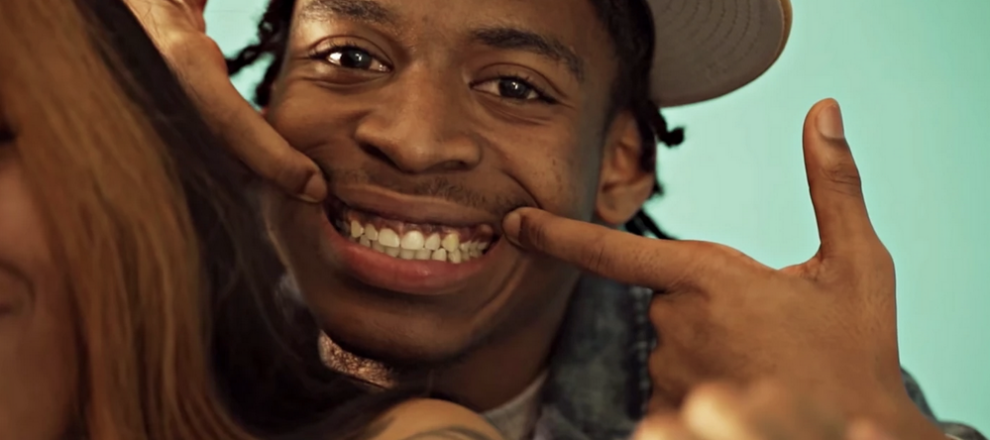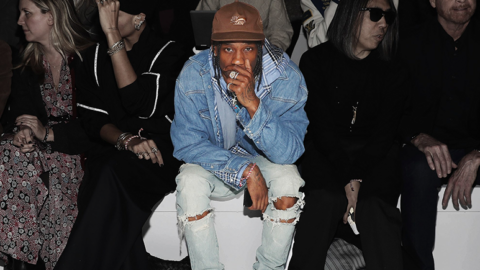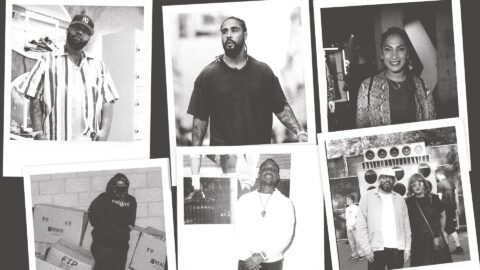Anyone who has spent a significant amount of time watching rap videos on YouTube over the past few years has noticed a recurring song title in their recommended videos. “No Hook” has become one of the most common names attached to new rap songs, usually a sign that the artists involved are going to rap without being interrupted by a chorus or refrain.
It’s the title of recent singles from rising rappers Mulatto and 2KBaby, as well as two different songs by YBN Nahmir and YBN Almighty Jay and Lil Yachty and Quavo, that have racked up 42 millions views between them. OJ Da Juiceman made arguably the most enduring addition to the “No Hook” canon in 2013, and it’s a song title that goes back decades. Even Shaquille O’Neal recorded a “No Hook” song in the ’90s.
Some of these songs technically do have hooks: a standout line, or even an instrumental or vocal sample, that catches the ear. What the songs don’t have are choruses. Hip-hop has played with songwriting form from its beginning; the genre was built on piecing together the catchiest parts of other songs to make new ones. In the mixtape era, generation-defining rappers like Lil Wayne and Gucci Mane often broke down song structures and built new ones, freestyling and punching in to make sure each line is as memorable as the last. More recently, the “No Hook” approach—one long verse with no chorus—has popped up in regional rap scenes in Detroit, Chicago, New York, Dallas, the Bay Area, the DMV, Memphis, and more.
As social media and music-based apps have taken hold as the primary marketing tool for artists, these platforms are reinforcing regional trends in song structure, allowing individual lines in chorus-less songs to become viral moments. Continuing an evolution that started well before the internet, artists in these regions are expanding the definition of what a hook can sound (and even look) like.
While many rappers from areas all over the country have made chorus-less songs over rap’s decades-long history, no one city has based as much of their current regional identity and sound on it as Detroit. In their video for their 2012 song “Da Mob,” the members of Doughboyz Cashout—the group that ushered in the most recent era of Detroit rap—each take turns guiding the camera through streets, houses, and local landmarks on the west side of the city. The camera focuses on each rapper for several bars before they tap in the next group member, and the song becomes a succession of short verses with memorable lines in each. “Da Mob,” and its video, is one of Doughboyz Cashout’s most enduring songs, and it’s a structure that fellow Detroit groups like Bandgang (and other rappers collaborating in the city) would run with.
Full Article: Read Here





